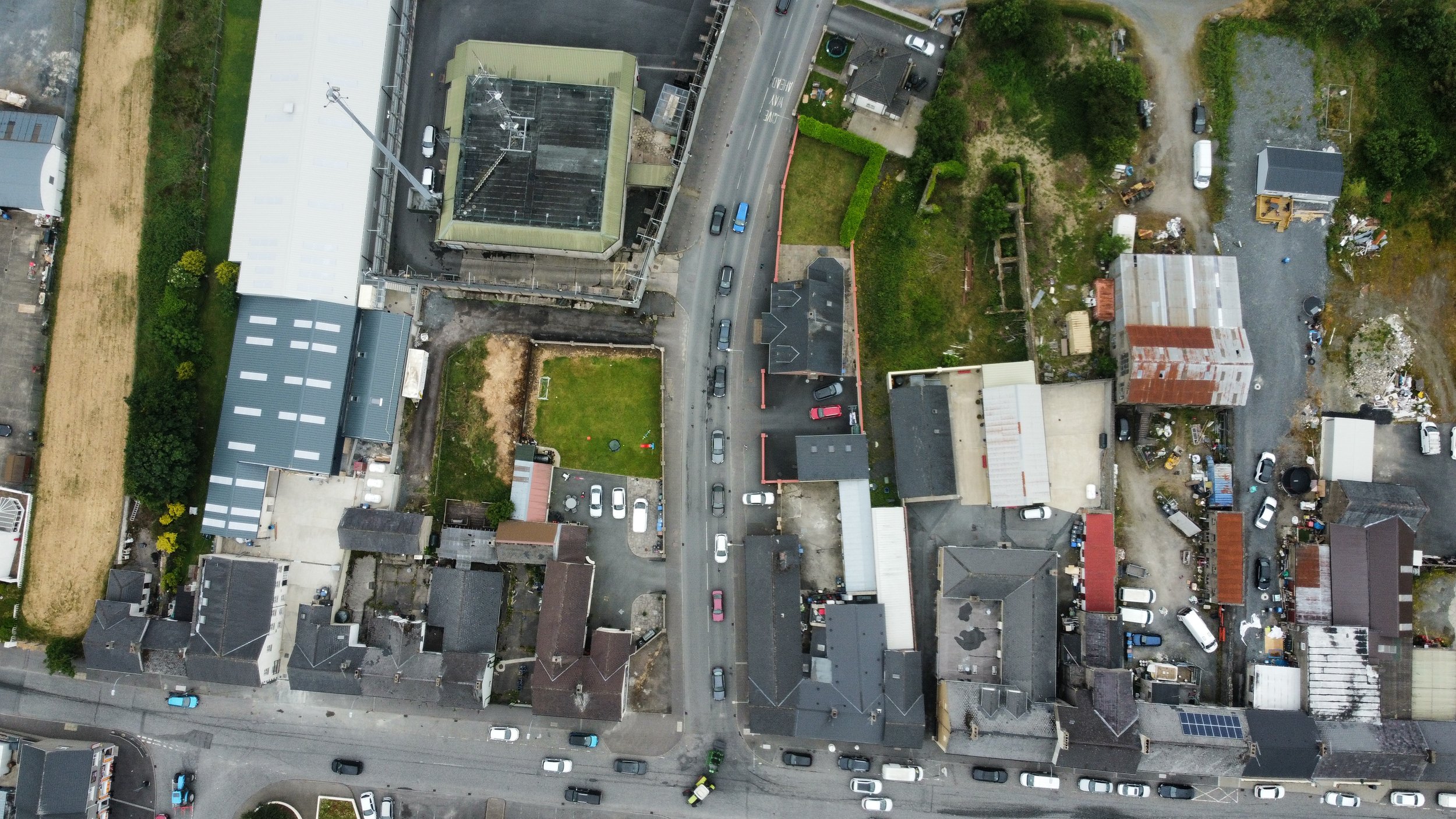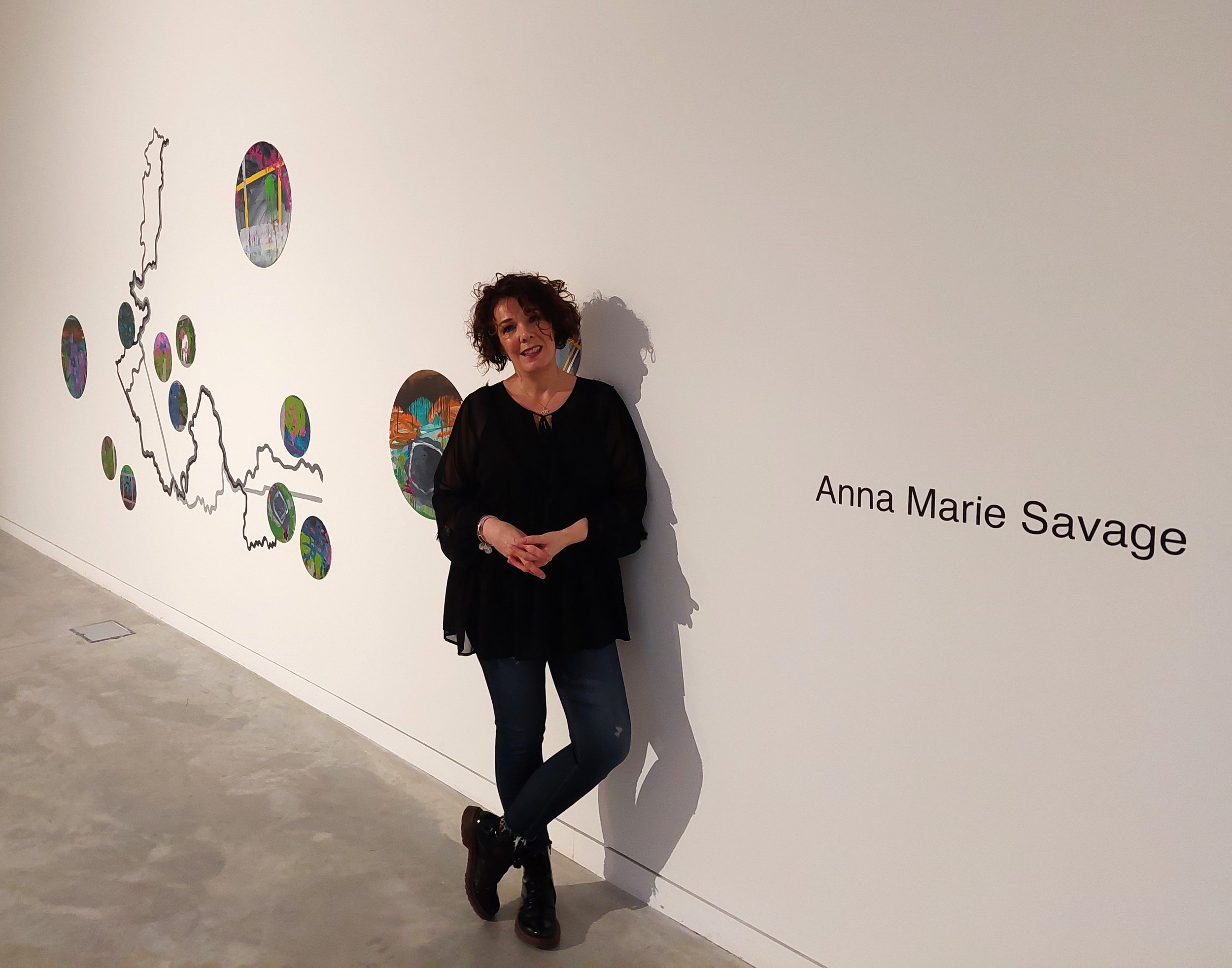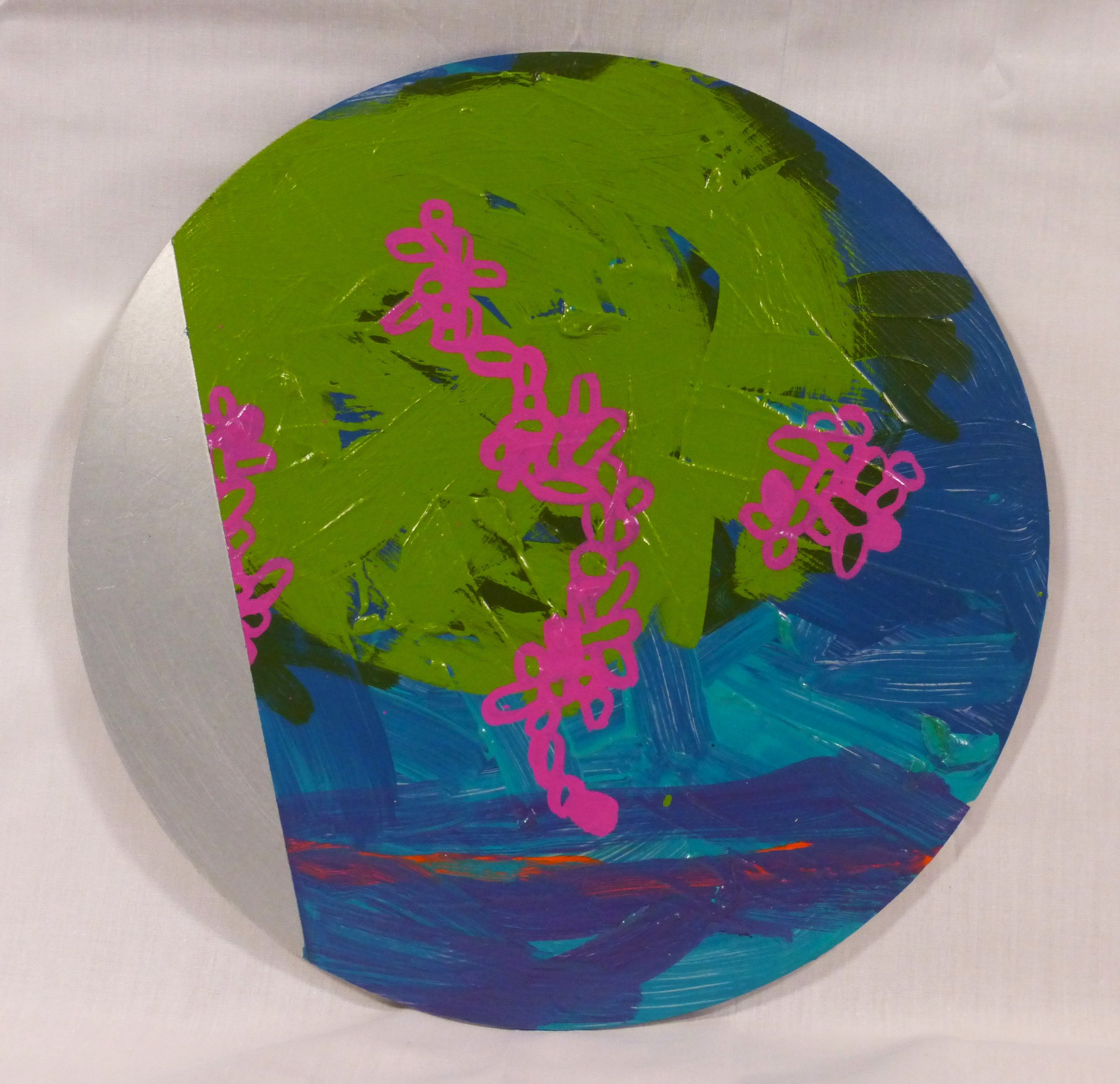South Armagh British Army Watchtowers, Arlene Foster and ‘Semtex and Powdered Milk’
After visiting Bessbrook Army Base, I was keen to see more of the bases along the south Armagh border. From the second IRA ceasefire in 1997 until the first act of decommissioning of weapons in 2001, almost 50% of the army bases were vacated or demolished along with surveillance sites and holding centres so I knew there wouldn’t be much to see of the thirteen sites. As always, I was interested in the structures that had been there and maybe something might still remain? How then, would these sites look from the air?
I hired a drone photographer- Stephen White- an amazing photographer and video creator and asked him to capture all thirteen sites. Some were easy, some not so…people still don’t like you going into random fields or up mountains in south Armagh to take video footage so he did encounter a few ‘HICCUPS’ but nothing major- Stephen thought it was probably more to do with him wearing a Down jersey lol…
He got some amazing footage and the landscape is so very beautiful. Some sites were completely sanitised with just a Tricolour to mark where the base had been, others, like Cloughoge had the H Helicopter Pad sign still visible along with other markings as you can see below.
As always, I like to look at the imagery in a non-realistic way- to help me visualise it in an abstracted form so once again I looked at the images under different filters. I used the solarized filter once again as I just loved how it turned those, stark sometimes desolate photographs into these fabulous, bright images- brimming with positivity and vibrancy. The solarized filter is akin to the results a thermal vision camera would give, detecting temperature change. At this time, I was selected to show in Frontier Work curated by Garrett Carr, an exhibition in the Regional Cultural Centre in Donegal, which brought together four contemporary artists whose work examined Ireland’s borderland (supported by the Arts Council of Ireland and Artlink, Donegal).
Sometimes I think the photography footage are pieces of art in themselves and keep meaning to get giclée prints done of them! (as she puts it on the never-ending porridge pot that is called the to-do list…)
I visually translated the imagery with oils onto thirteen circular aluminium sheets. I had never painted on aluminium before so it was a real learning curve for me and I chose aluminium as a way of representing the harsh, steel structures of the watchtowers- I didn’t want the ‘softness’ of canvas or board. They were always going to be circular as circles are prevalent throughout all the work as they relate to ideas of surveillance and being watched. I had three 50cm x 50cm aluminium circles cut out and ten smaller 25cm x 25cm circles, thirteen in total to represent the thirteen watchtower bases. These panels were displayed at different points on the gallery wall in the RCC, where I painted the lines drawn up in the surveys of Dougherty, Bailey and Robinson.(Well, actually I didn’t because the dreaded Covid struck and I just about made it to get the work delivered tbh. The lovely Art Technician Cathal, had the poor unfortunate job of trying to translate my drawings and represent them on the wall!!!)
When questioned on Brexit and maintaining that there was never a ‘hard’ border in Northern Ireland, Arlene Foster stated:
The Irish prime minister has indicated that he will not be putting up a hard border on the island of Ireland," she said.The borders of the past were there for a completely different reason. They were there to stop terrorists, they were there to stop the flow of Semtex [explosives] as opposed to the flow of powdered milk.
I thought this was hilarious and just LOVED the paradox of the statement!!! ‘Semtex and Powdered Milk’,the title for my series was born…thanks Arlene…lol























